Introduction
Fish-fragrant eggplant, or yúxiāng qiézi in Mandarin, is a iconic dish in Sichuan cuisine that tantalizes taste buds with its harmonious blend of sweet, sour, spicy, and savory flavors. Despite its name, the dish contains no fish—instead, the “fish fragrance” refers to the complex sauce inspired by traditional Sichuanese methods of cooking river fish. This recipe, passed down through generations and refined by Chef Chen, offers a foolproof guide to recreating this beloved dish at home. Whether you’re a seasoned home cook or a curious novice, this detailed tutorial will demystify the techniques behind achieving perfectly tender eggplant coated in a glossy, aromatic sauce. Prepare to embark on a culinary journey that marries texture, flavor, and tradition.
Ingredients: The Foundation of Flavor
To honor the authenticity of Chen’s recipe, sourcing fresh, high-quality ingredients is non-negotiable. Here’s a breakdown of what you’ll need:
- Eggplants (2 medium-sized, approximately 600g): Opt for Asian eggplants, which have thinner skin and fewer seeds than their globe counterparts, yielding a creamier texture.
- Ground Pork (100g): Choose lean pork with a 20% fat content for richness without greasiness.
- Aromatics:
- Garlic (4 cloves, minced)
- Ginger (1-inch piece, grated)
- Scallions (2 stalks, finely chopped—white and green parts separated)
- Sauce Base:
- Light Soy Sauce (2 tbsp)
- Dark Soy Sauce (1 tsp, for color)
- Chinkiang Vinegar (2 tbsp—this black rice vinegar is essential for authentic tang)
- Shaoxing Wine (1 tbsp)
- Sugar (1 tbsp)
- Chicken Broth (¼ cup)
- Cornstarch (1 tsp, dissolved in 2 tbsp water)
- Spices:
- Dried Chili Flakes (1 tsp, adjust to taste)
- Sichuan Peppercorns (½ tsp, toasted and ground)
- Cooking Oil: Peanut or vegetable oil (¼ cup for frying, plus 1 tbsp for stir-frying)
- Optional Garnish: Toasted sesame seeds, fresh cilantro
Preparation: The Key to Perfect Eggplant
-
Eggplant Prep:
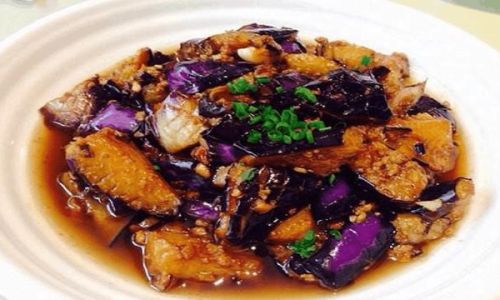
- Trim the eggplants and cut into 2-inch batons. Soak in salted water (1 tbsp salt per 4 cups water) for 15 minutes. This step prevents discoloration and reduces oil absorption during frying.
- Drain and pat dry thoroughly. Excess moisture will cause splattering.
-
Sauce Mixture:
In a bowl, whisk together soy sauces, vinegar, Shaoxing wine, sugar, and chicken broth. Set aside.
-
Meat Marinade:
Combine ground pork with ½ tbsp soy sauce, ½ tbsp Shaoxing wine, and ½ tsp cornstarch. Let marinate while preparing other ingredients.
Cooking Process: Step-by-Step Mastery
Frying the Eggplant (The Velveting Technique)
- Heat ¼ cup oil in a wok over medium-high heat until shimmering. Test the oil by inserting a wooden chopstick—if bubbles rise gently, it’s ready.
- Add eggplant in batches to avoid overcrowding. Fry for 3-4 minutes, stirring occasionally, until golden-brown and tender. The flesh should yield easily when pressed.
- Transfer to a plate lined with paper towels to drain excess oil. Pro Tip: For a healthier alternative, roast the eggplant at 425°F (220°C) for 20 minutes, flipping halfway.
Crafting the Aroma Base
- Drain all but 1 tbsp oil from the wok. Reduce heat to medium.
- Add Sichuan peppercorns and dried chili flakes. Stir-fry for 30 seconds until fragrant but not burned—burnt spices will impart bitterness.
- Toss in garlic, ginger, and white parts of scallions. Sauté for 1 minute until golden and aromatic.
Developing the Sauce
- Increase heat to medium-high. Add marinated pork, using a spatula to break it into small crumbles. Cook until no longer pink.
- Pour in the pre-mixed sauce. Bring to a simmer, stirring constantly. The cornstarch will thicken the liquid into a glossy coating.
- Taste and adjust seasoning—add a pinch of salt if needed, or a splash of vinegar for brightness.
Uniting Eggplant and Sauce
- Gently fold the fried eggplant into the sauce, ensuring each piece is evenly coated. Avoid vigorous stirring to prevent bruising the eggplant.
- Simmer for 2-3 minutes, allowing the flavors to meld. The sauce should cling to the eggplant without pooling at the bottom.
Final Flourish
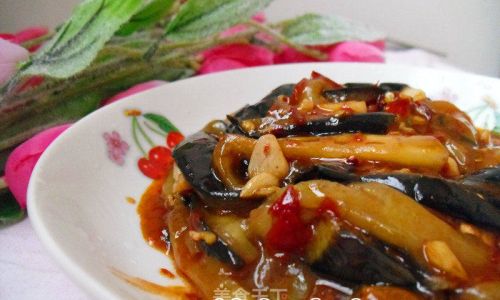
- Drizzle in the cornstarch slurry while stirring. Cook for an additional minute until the sauce reaches a syrupy consistency.
- Remove from heat. Stir in the green parts of the scallions, reserving some for garnish.
Plating and Presentation
Transfer the eggplant to a serving dish. Garnish with toasted sesame seeds, fresh cilantro, and the remaining scallions. Serve immediately with steamed jasmine rice or thin noodles to soak up the sauce.
Chen’s Expert Tips
- Eggplant Selection: Younger eggplants have softer seeds and sweeter flesh. Avoid those with brown spots or wrinkled skin.
- Oil Temperature: Maintaining consistent heat during frying ensures even cooking. If the oil smokes, reduce the heat immediately.
- Spice Balance: For less heat, reduce chili flakes but retain the Sichuan peppercorns—their numbing sensation (málà) is integral to the dish’s character.
- Vegetarian Adaptation: Substitute the pork with finely diced shiitake mushrooms or textured vegetable protein (TVP) for a plant-based twist.
The Science Behind the Flavors
Fish-fragrant sauce achieves its complexity through the Maillard reaction and careful acid balance. The sugar caramelizes during cooking, adding depth, while the vinegar’s acidity cuts through the richness. Sichuan peppercorns contribute citrusy notes and a tingly sensation, elevating the dish beyond mere spiciness.
Cultural Significance
In Sichuan, yúxiāng dishes symbolize resourcefulness—historically, peasants mimicked the flavors of expensive river fish using affordable ingredients. Today, it’s a testament to culinary ingenuity, beloved globally as a symbol of Sichuan’s fiery yet nuanced cuisine.
Health Benefits
Eggplant is low in calories and rich in antioxidants like nasunin, which protects brain health. The dish’s fermented ingredients (soy sauce, vinegar) aid digestion, while the moderate use of pork adds protein without excess saturated fat.
Troubleshooting Common Pitfalls
- Soggy Eggplant: Ensure thorough draining after salting and adequate frying time to expel moisture.
- Bland Sauce: Amplify flavors with a pinch of salt or a dash of oyster sauce (if non-vegetarian).
- Overcooked Meat: Cook pork until just browned to retain tenderness.
Conclusion
Chen’s secret lies not in obscure ingredients but in meticulous technique and respect for tradition. By mastering the interplay of textures and flavors, you’ll create a dish that honors Sichuan’s heritage while delighting modern palates. Whether served at a family dinner or a banquet, this fish-fragrant eggplant is guaranteed to inspire awe—and requests for seconds. Bon appétit!
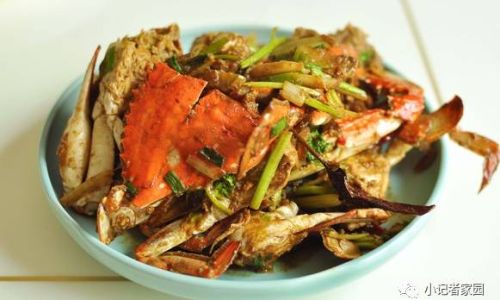
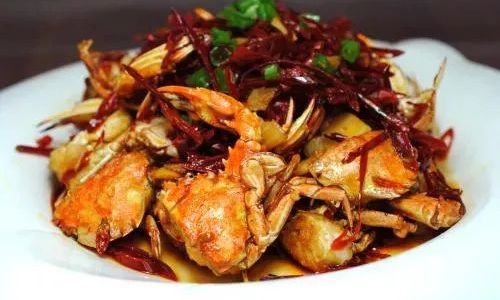
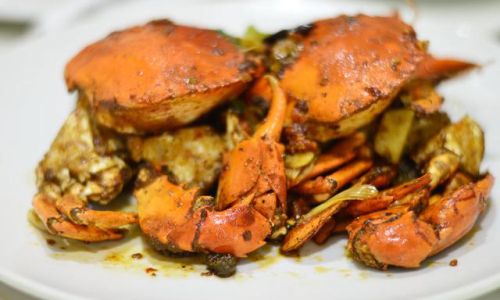



0 comments